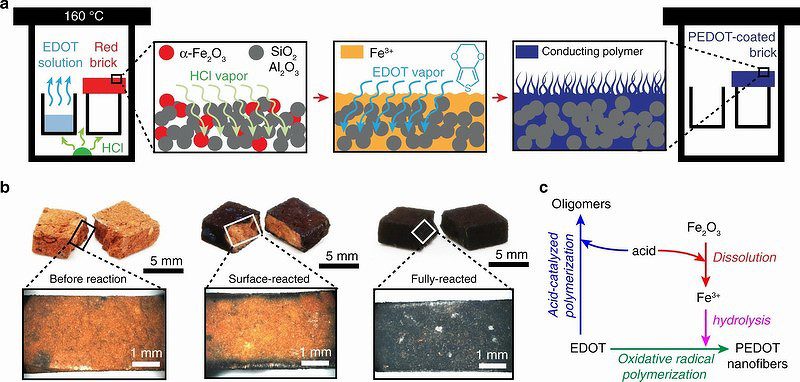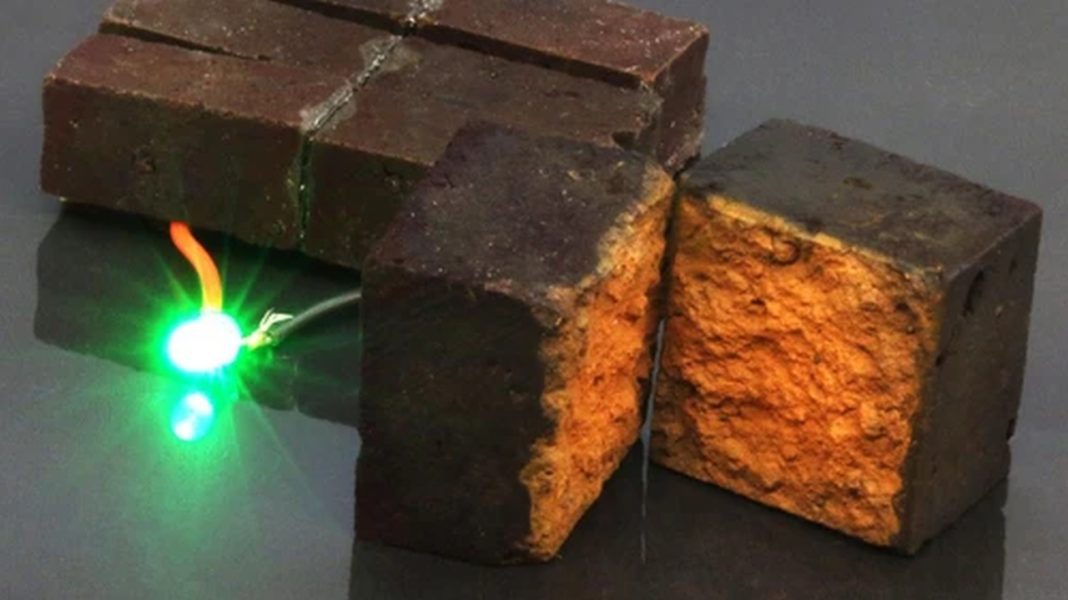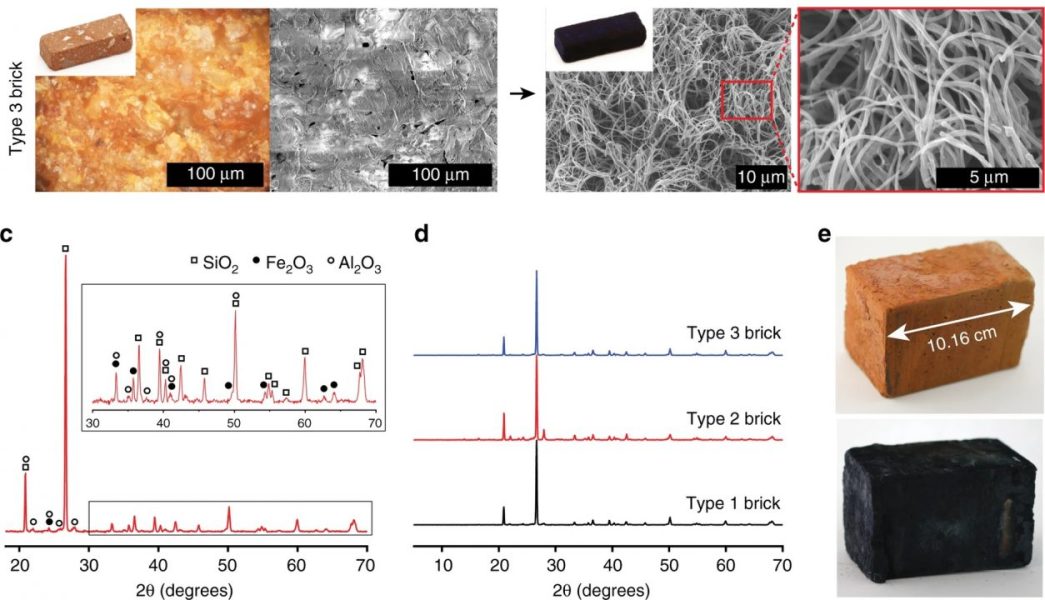
An ordinary brick as a supercapacitor? Please, here is the polymer that makes it an electricity store.
Scientists from the University of Washington in St. Petersburg. Louis created a polymer shell that can turn a brick into a small energy storage device (supercapacitor). All thanks to iron oxide, a dye that gives brick its characteristic red color.
A brick feeding a diode? Is an. In future? Lamp power supply, home energy storage, ...
Researchers from the aforementioned university have set themselves the goal of using goods that are in our vicinity, cheap and popular. Among other things, he fell on rust and bricks. Quite ordinary clay bricks, which turn red due to the presence of iron oxide. They have been observed to have a porous structure that can be used in energy storage.
Porous structures are also used, for example, in electrodes. With a constant volume, the larger the electrode area, the higher the cell capacitance ultimately. But back to the bricks.
> New week and new battery: LeydenJar has silicon anodes and 170 percent batteries. present time
Scientists have developed a polymer (PEDOT) made from nanofibers that is suitable for coating bricks and increasing their surface area. Polymer nanofibers react with iron oxides contained in brick building material and allow you to store a certain load in it. This charge will be enough for some time to power the diode:

For waterproofing, the brick can be additionally coated with epoxy. Thanks to the use of a gel electrolyte that binds all layers, such a brick can hold 90 percent of its capacity at 10 thousand (!) Working cycles. The device - because it is already a device - can operate in the range of -20 to 60 degrees Celsius, which is typical for lithium-ion cells. voltage 3,6 volts can be obtained by serial connection of three links (bricks).
Of course, although brick is a cheap material, a polymer substance with nanofibers is not entirely true. However, research shows great potential: imagine that one of the walls of our house becomes a local energy storage. This can be, for example, a partition, which can always be demolished and replaced when the link bricks are worn out.

Effect? Own energy storage unit connected to the rooftop photovoltaic installation and complete independence from the operator's power grid... This decision is especially important when you hear more and more news that energy suppliers are shutting down installations remotely because they can no longer cope with the excess energy produced.
Worth reading: Energy saving blocks for stationary supercapacitors PEDOT
This may interest you: